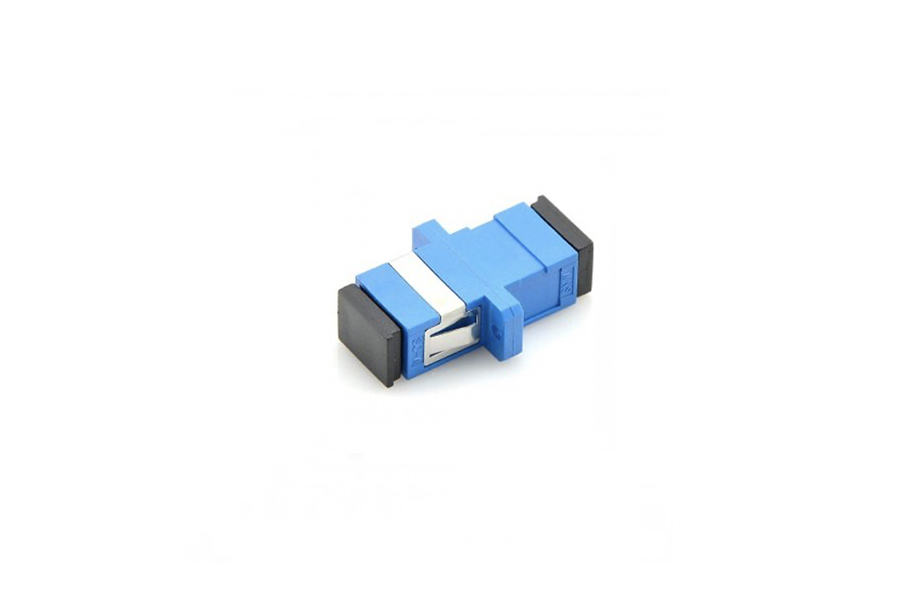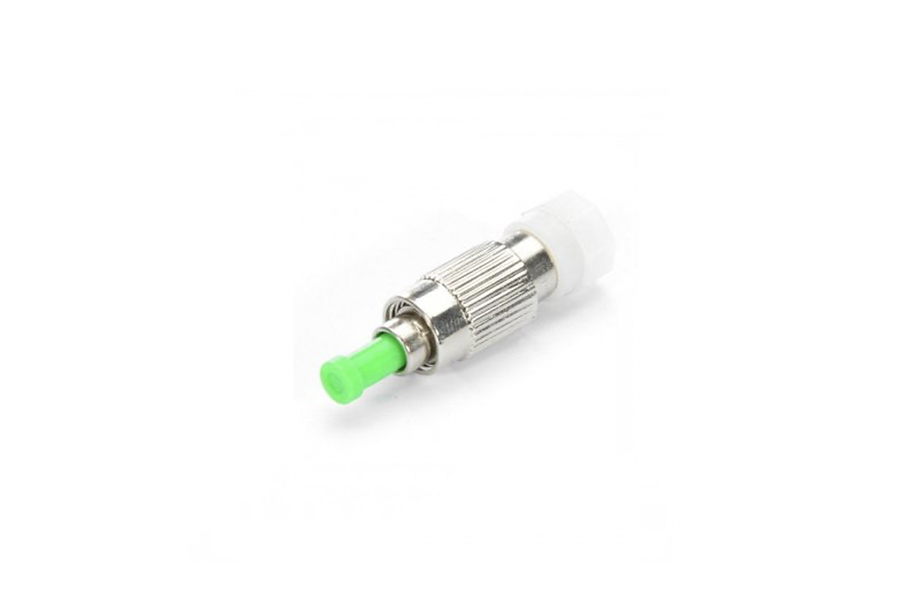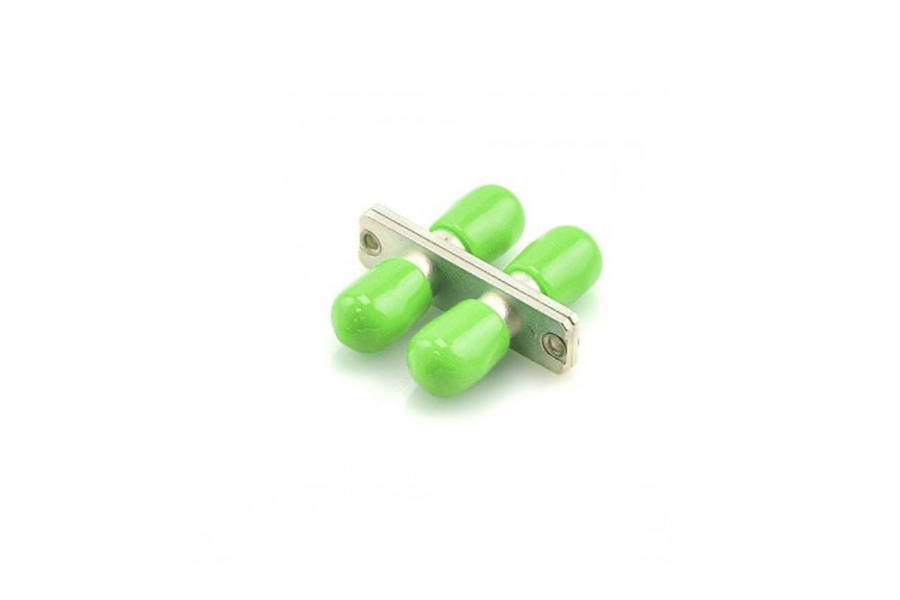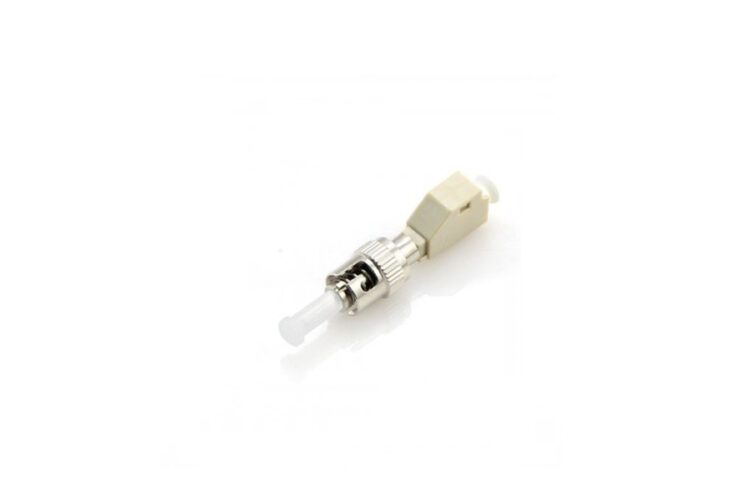In the ever-evolving landscape of networking and data transmission, the role of fiber adapters has become increasingly vital. These unassuming devices play a crucial role in enhancing data transmission efficiency within networks, contributing to seamless connectivity and high-speed data transfer. This guest post delves into the world of fiber adapters, shedding light on their functionality and how they contribute to optimizing data transmission.
Understanding Fiber Adapters
At its core, a fiber adapter is a passive device designed to connect two fiber optic connectors, creating a reliable and stable connection between optical fibers. This allows for the seamless transmission of data signals between different parts of a network. Fiber adapters are commonly used in various networking applications, ranging from data centers and telecommunications networks to industrial automation systems.
Fiber adapters serve as essential components that ensure the alignment of optical fibers, which is critical for minimizing signal loss and maximizing data transfer efficiency. These adapters are meticulously engineered to achieve precise alignment, reducing the risk of signal degradation that can occur when optical fibers are misaligned.
Augmenting Data Transmission
1. Minimizing Signal Loss
One of the primary advantages of fiber adapters lies in their ability to minimize signal loss during data transmission. Optical fibers transmit data using light signals, and any misalignment between fibers can lead to signal attenuation.
Fiber adapters ensure that the connection between fibers is precise and stable, thus reducing the risk of signal loss. This is particularly important in long-distance data transmission, where maintaining signal integrity is paramount.
2. Compatibility and Versatility
Fiber adapters play a pivotal role in maintaining compatibility between different types of fiber connectors. As various networking technologies and standards continue to evolve, ensuring seamless connectivity between different devices is crucial.
Fiber adapters act as universal bridges, allowing different types of fiber connectors to communicate effectively. This adaptability significantly enhances the flexibility of network design and deployment.
3. Supporting High-Speed Data Transmission
In an era of increasing data demands, the ability to transmit data at high speeds is a necessity. Fiber adapters, when coupled with high-quality optical fibers, enable the transmission of large volumes of data at ultra-high speeds over long distances. This is particularly relevant in applications such as cloud computing, video streaming, and real-time data analytics, where rapid and reliable data transmission is paramount.

Types of Fiber Adapters
· Simplex vs. Duplex Adapters
Fiber adapters come in two main types: simplex and duplex. Simplex adapters are designed to connect two individual fibers, allowing data transmission in one direction. Duplex adapters, on the other hand, enable bidirectional data transmission by connecting two pairs of fibers – one for transmitting data and the other for receiving it.
The choice between simplex and duplex adapters depends on the specific networking requirements and the nature of data transmission within a given network.
· Multimode vs. Single-Mode Adapters
Fiber adapters are also categorized based on the type of optical fibers they are designed to work with. Multimode adapters are optimized for use with multimode fibers, which have a larger core diameter and are suitable for short-distance data transmission.
Single-mode adapters, on the other hand, are tailored for use with single-mode fibers, which have a smaller core diameter and are ideal for long-distance transmission. Selecting the appropriate adapter type is crucial for ensuring optimal performance within a network.

Expert Insights: Future Trends
In the realm of data transmission and networking, fiber adapters play a pivotal yet often overlooked role. These unassuming devices are the linchpin that ensures seamless and efficient connectivity between optical fibers, facilitating the rapid transfer of data across vast distances.
By minimizing signal loss, promoting compatibility, and supporting high-speed data transmission, fiber adapters empower networks to meet the demands of our data-driven world. As technology marches forward, fiber adapters will continue to evolve, cementing their status as a critical component in the ongoing quest for enhanced data transmission efficiency.
As the digital landscape continues to evolve, the significance of fiber adapters in augmenting data transmission is becoming increasingly evident. This extended exploration of fiber adapters has dissected the intricate interplay between their functionality and their impact on data transmission efficiency.
The multifaceted role of fiber adapters in minimizing signal loss, ensuring compatibility, and supporting high-speed data transmission has been thoroughly elucidated. With a keen eye on the future, expert insights have provided a glimpse into the potential advancements that could further revolutionize data transmission through these unassuming yet pivotal devices.

As technology continues to progress, fiber adapters will undoubtedly remain at the forefront of data transmission enhancements, solidifying their role as indispensable components in the architecture of our digitally connected world. If you also want to jump on the bandwagon before it’s too late, get in touch with Fibermart.
As a global supplier of fiber optic solutions and networks, they have become renowned for their high-quality products. Their wide range of products includes DWDM modules, MPO Trunk cables, optical amplifiers, Fiber Breakout cables, and more. Call them today and learn more about their fiber optic solutions in detail.

